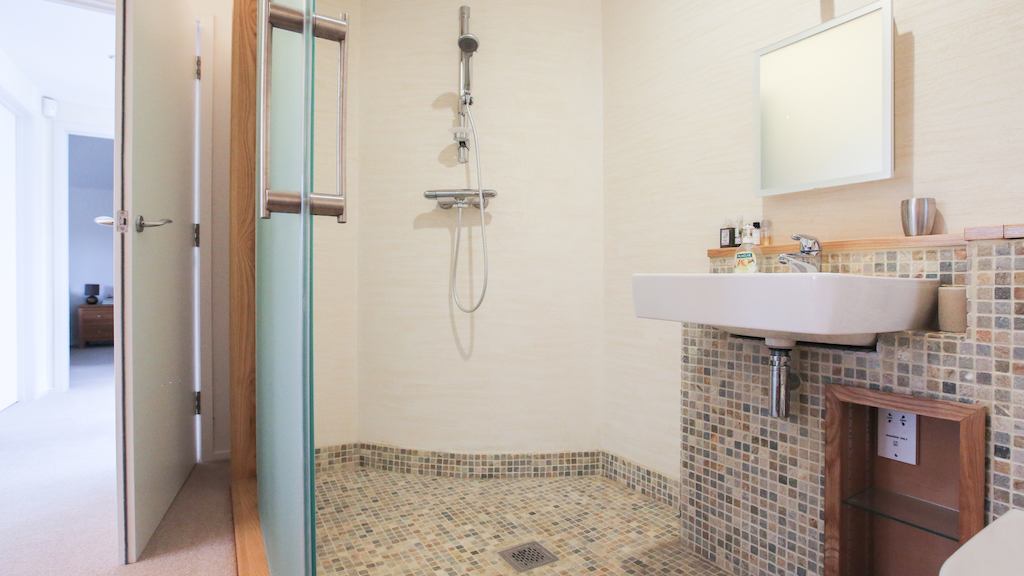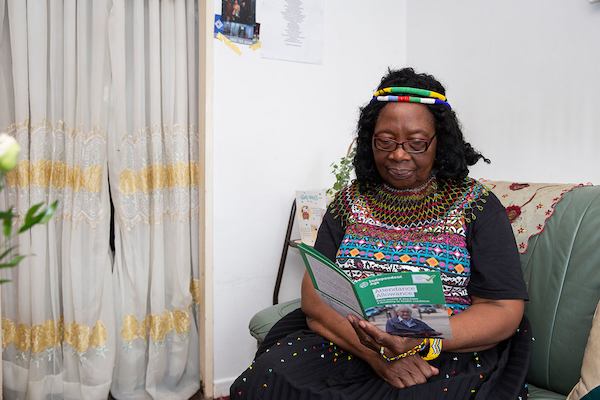I passionately believe that interior design should be inclusive and beautiful. It seems ridiculous to design interiors that don’t work for those looking after young children, or with some kind of mobility impairment or disability. Reduced mobility is something many of us will experience at some point in our lives.
Inclusive design is safe and comfortable for all age groups, the very young and older people, and it means your house will be able to work for you, your family, your children, or your parents, no matter what life may throw at you. For many, accessible adaptations are a last resort triggered by a crisis, such as a fall. It’s time we changed all that and instead put the emphasis on creating luxurious, inclusive interiors that bring joy and comfort both now and in the future.
We’ve all been spending much more time in our homes than we’re used to over the past 18 months, and I can imagine many of us will be thinking about the changes we can make once we come out the other side. So here are some simple and elegant things to think about when redecorating or refurbishing your home that will make sure your home meets your needs, now and in the future.


